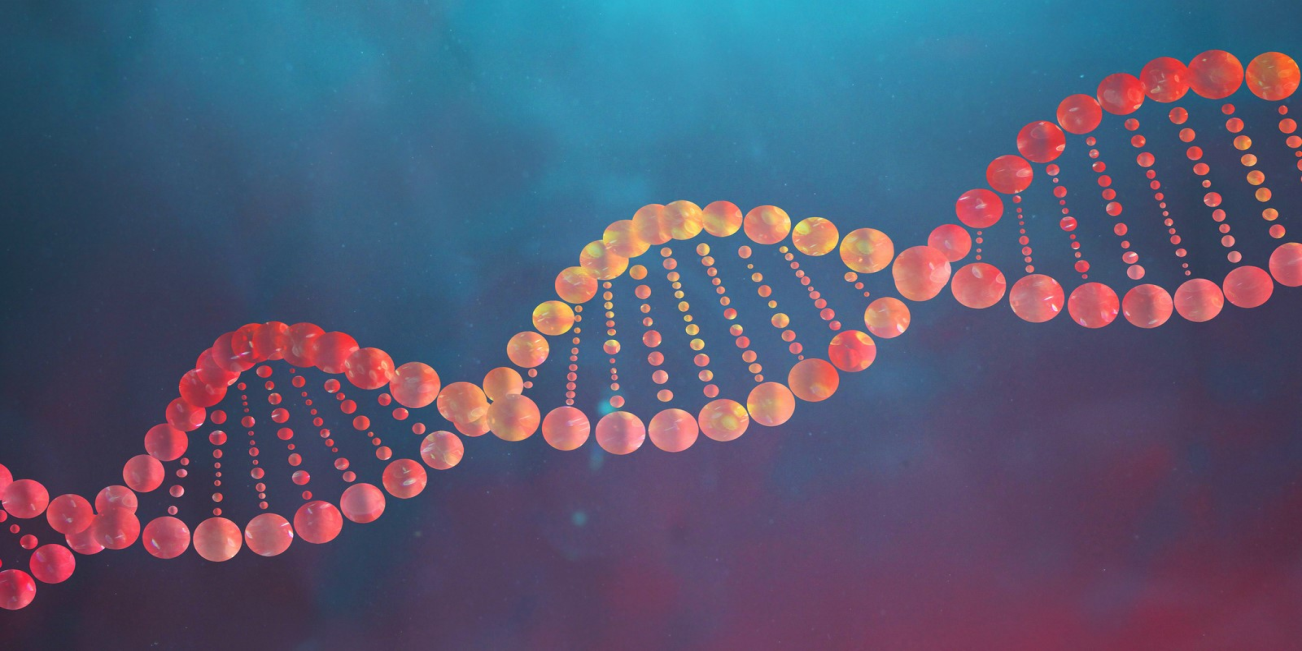Free Courses Sale ends Soon, Get It Now


Free Courses Sale ends Soon, Get It Now



Copyright infringement not intended
Picture Courtesy: https://science.howstuffworks.com/life/cellular-microscopic/dna.htm
Context: Researchers discovered an anti-failure system that uses the RAD51 protein to avoid DNA over-replication and maintain genetic continuity during cell division.
Details
Discovery of RAD51's Role in Preventing Re-replication
Mechanism of RAD51
Significance of the Discovery
Conclusion
|
PRACTICE QUESTION Q. Which of the following best defines the role of the RAD51 protein in DNA replication? A) It assists in separating the two strands of the DNA helix. B) It ensures that each DNA segment is only replicated once during cell division. C)It repairs damage to the DNA molecule after replication. D) It inserts DNA into chromosomes before replication. Answer: B |
© 2024 iasgyan. All right reserved